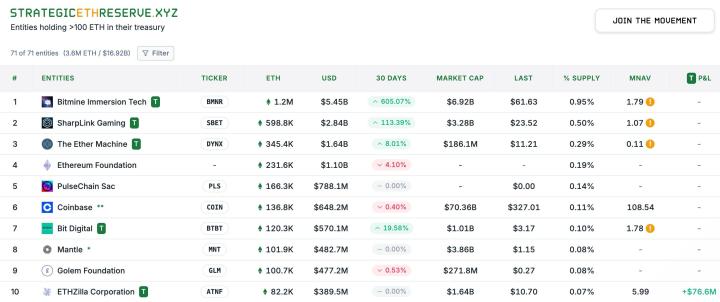Chainfeeds Preface:
Software devours the world, stablecoins devour the blockchain.
Article Source:
https://mp.weixin.qq.com/s/IjhNe_gsmnKtwuARJ1EdVw
Article Author:
Zuo Ye
Viewpoint:
Zuo Ye: The development of bank cards and card organizations was not synchronized. In 1950, the first card organization, Diners Club, established a credit accounting system for hotels and loyal users, forming the prototype of a credit and points system, and only integrated with the banking industry in the 1960s, promoting credit cards to cross state and national boundaries and sweep the globe. Unlike banks that fluctuate under the Federal Reserve cycle, card organizations like Visa and MasterCard have long enjoyed stable cash flows. In 2024, Capital One acquired Discover for $35.3 billion, integrating issuing bank and card organization functions. Stablecoin issuance combined with public chains follows a similar logic to traditional banks, controlling issuance, distribution, and collection channels. After the Genius Act, the US dollar's operating logic has changed, with Tether and Circle's US Treasury positions exceeding those of many national entities, directly connecting stablecoins to government bonds and threatening the survival of card organizations, SWIFT, and cross-border payments. Blockchain's programmability unifies roles such as users, merchants, issuers, acquirers, and card organizations into "users", with stablecoin L1 only requiring users, stablecoins, and L1 to replace and stack various roles and functions, even including regulatory review capabilities. Technological innovation drives organizational relationship evolution, similar to how Capital One saves payment of 1.5% fees to Visa/MasterCard through Discover's acquisition, stablecoin issuers are also building their own distribution and terminal networks. Tether claims to create 40% of public chain fees, while Circle needs to subsidize Coinbase to build Arc stablecoin L1, with USDC as the native Gas Token, providing privacy transfers and vault modes to attract institutional funds. The Arc architecture includes three stablecoins (USDC/EURC/USYC), Circle Payment Network for cross-border clearing, cross-chain standard CCTP, unified entry Gateway, Paymaster multi-token gas payment, with a theoretical TPS of 3000, sub-second confirmation, and gas fees below 1U, also reserving interfaces for RWA on-chain. Malachite, based on CometBFT modification, has a potential of 50,000 TPS, combined with EVM compatibility, MEV protection, and forex engine, providing a unified experience for institutions and retail investors. The challenge of stablecoin L1 lies not only in technology but also in distribution and ecosystem expansion. Visa took 50 years, while USDT/Tron alliance took 8 years to accumulate network effects. Arc, Tempo, and Converge target institutional compliance paths while using DeFi cooperation to enhance adoption. Plasma, Converge, and Pendle collaborate, Circle advances 24/7 exchange of USYC/USDC, and Tempo, led by Paradigm's founder, reaches users in a more "Crypto" way. Institutional adoption is essentially a compliance measure, with stablecoins' massive use often originating from ordinary users in Asia, Africa, and Latin America. Restricted by Genius Act and MiCA, new stablecoin L1s cannot directly offer interest to acquire customers, with USDe breaking through billions of dollars in issuance through on-chain circular lending. TRC-20 USDT was once the de facto global clearing network, with USDC merely a compliant alternative. Stablecoin L1 is challenging Visa and Ethereum, reshaping global monetary circulation and targeting forex trading. Stablecoins are changing banking, cross-border payments, and CeFi systems, potentially continuing blockchain's core principles.
Content Sourcea16z: Blockchain is becoming the new settlement and ownership layer with programmable, open, and global characteristics, unlocking new possibilities for entrepreneurship, creativity, and infrastructure development. The growth trend of active crypto addresses is approaching the pace of the internet reaching a billion users. Stablecoin transaction volume has surpassed some traditional fiat systems, regulations are gradually being refined, and top crypto companies are being acquired or going public. This combination of regulatory clarity and competitive pressure, along with blockchain's improved business outcomes and technological maturity, urgently requires traditional finance (TradFi) to incorporate blockchain into core infrastructure. Banks, asset management, and financial technology (PayFi) are moving from whether and when to how to immediately utilize blockchain for business, driving resource investment and organizational restructuring. On the banking side, blockchain can replace outdated COBOL systems without compromising compliance, upgrading settlement and interoperability standards. Retail explores digital asset allocation like Bitcoin, while institutions focus on three use cases: deposit tokenization, settlement infrastructure reconstruction, and collateral liquidity enhancement. The article continues with detailed insights into blockchain's transformative potential in finance.
Content Source







